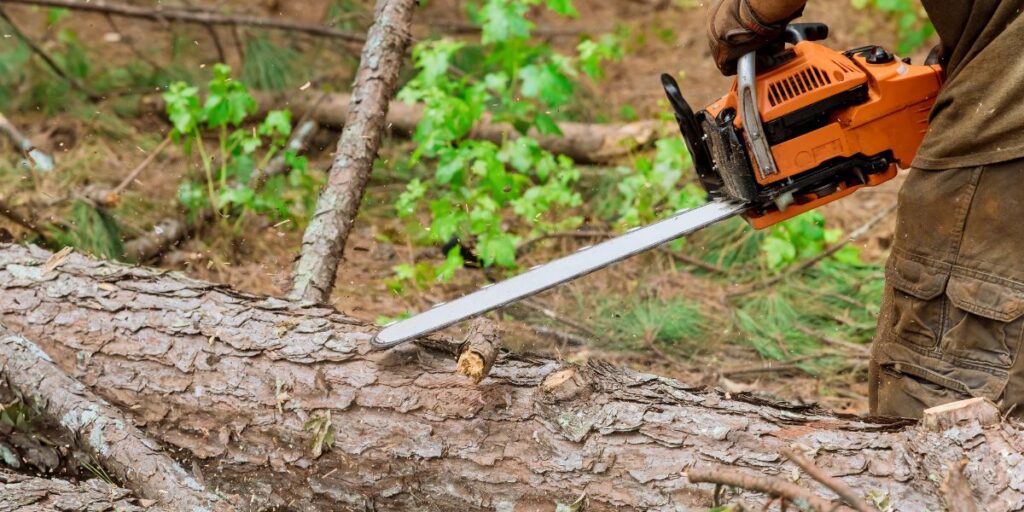Introduction
Tree removal is an important service that helps maintain safety, health, and aesthetics in residential and commercial areas. In Denver, unique climate conditions and local tree species require specialized knowledge for effective removal. Professional tree removal experts use certified techniques and modern equipment to complete jobs safely and efficiently. This article explores the range of local tree removal services, safety practices, efficiency factors, and Denver-specific considerations to help property owners make informed decisions about tree removal.
Understanding Tree Removal Services in Denver
Types of Tree Removal Services Available
Tree removal services in Denver include emergency removal, scheduled removal, and stump grinding. Emergency removal addresses urgent situations such as storm damage or hazardous trees posing immediate risks. Scheduled removal involves planned tree removal projects that accommodate the property owner’s timeline. Stump grinding focuses on removing remaining tree stumps after cutting to restore the site’s appearance and prevent hazards. These services offer versatility and convenience, allowing property owners to select the appropriate solution based on their needs and urgency Tree removal Denver.
Local Tree Species Commonly Removed
Common tree species removed in Denver include Ponderosa pine, Colorado blue spruce, and Gambel oak. Each species varies in size, wood density, and growth habits. Ponderosa pines are tall with dense wood, requiring careful removal techniques to manage weight and height. Colorado blue spruce has thick branches and a conical shape, which affects cutting strategies. Gambel oak is typically shorter but spreads widely, demanding different approaches. Tailored removal plans consider these characteristics to ensure safety and efficiency.
Safety Practices in Denver Tree Removal
Certified Arborists and Trained Crews
Tree removal in Denver is performed by professionals with certifications such as those from the International Society of Arboriculture (ISA) and compliance with Occupational Safety and Health Administration (OSHA) standards. These certifications indicate professional training in safety protocols and best practices. The trained crews prioritize injury prevention and property protection, ensuring that all work follows strict guidelines to reduce risks to workers and clients.
Equipment and Technology Used for Safe Removal
Safe tree removal relies on specialized equipment including cranes, ropes, chainsaws, and wood chippers. Cranes and ropes enable controlled lowering of heavy branches and tree sections, minimizing damage to the surrounding area. Chainsaws with precision cutting capabilities ensure clean cuts that promote faster healing of remaining trees. Wood chippers efficiently process debris, keeping the site clear. This equipment supports efficient and low-risk removal operations.
Managing Environmental and Neighborhood Safety
Managing safety extends beyond the tree itself to include debris containment, noise control, and traffic management. Professional crews implement cleanup procedures to collect and remove all debris promptly, reducing hazards and maintaining a tidy environment. Noise generated by equipment is controlled through scheduling and equipment maintenance. Traffic management around the worksite ensures public safety and minimizes disruptions, complying with local regulations and maintaining good community relations.
Efficiency and Speed in Denver Tree Removal
Fast Response for Emergency Tree Removal
Emergency tree removal services in Denver operate 24/7 to address urgent issues caused by storms, accidents, or disease. Rapid assessment allows professionals to quickly evaluate hazards and begin safe removal, preventing further damage. This fast response is critical to protecting property and public safety during emergencies.
Streamlined Scheduling and Project Management
Professional tree removal companies use clear timelines and coordinated teams to streamline project management. Scheduling is designed to minimize downtime and avoid unnecessary delays, enhancing customer satisfaction. Teams work efficiently in organized sequences to complete jobs promptly while maintaining high safety standards.
Use of Advanced Equipment to Accelerate Work
Advanced equipment such as aerial lifts and stump grinders increases operational speed and precision. Aerial lifts provide safe access to high branches and difficult areas, reducing manual labor time. Stump grinders quickly remove stumps without extensive excavation, restoring the landscape efficiently. These tools contribute to quicker project completion and cost savings.
Denver-Specific Considerations in Tree Removal
Impact of Denver’s Climate and Terrain
Denver’s high altitude, seasonal weather variations, and soil types affect tree health and removal strategies. The altitude causes stress on trees through lower oxygen levels and increased UV exposure. Seasonal weather, including harsh winters and dry summers, influences tree stability and accessibility. Rocky or uneven soil requires special equipment for safe operations. Removal plans are customized to address these environmental challenges.
Local Regulations and Permitting Requirements
Tree removal in Denver requires compliance with city permits and regulations, especially for protected tree species. Permitting processes ensure that removals meet legal and environmental standards. Failure to obtain necessary permits can result in fines. Professional services handle permit applications and ensure that all work adheres to sustainable and lawful practices.
Working with Local Utilities and Property Owners
Coordination with local utilities is essential to avoid interference with power lines and underground cables during tree removal. Professionals communicate with utility companies and property owners to plan work that minimizes risk and liability. Clear communication throughout the process promotes safety and prevents accidents related to infrastructure damage.
How to Choose the Right Tree Removal Service in Denver
Checking Licensing, Insurance, and Certifications
A reliable tree removal service will hold state licenses, liability insurance, and certifications such as ISA credentials. These qualifications protect clients by ensuring the company meets legal and safety standards. Insurance coverage also provides financial protection in case of accidents or property damage.
Evaluating Experience and Customer Reviews
Experience matters when selecting a tree removal service. Companies with several years in business and a strong project portfolio demonstrate expertise and stability. Customer reviews provide insight into service quality, professionalism, and reliability, helping property owners make informed decisions.
Requesting Detailed Estimates and Transparent Pricing
Obtaining detailed written estimates is important for understanding the scope of work and cost breakdown. Transparent pricing prevents hidden fees and allows for accurate budget planning. Clear contracts with service guarantees ensure accountability and satisfaction.
